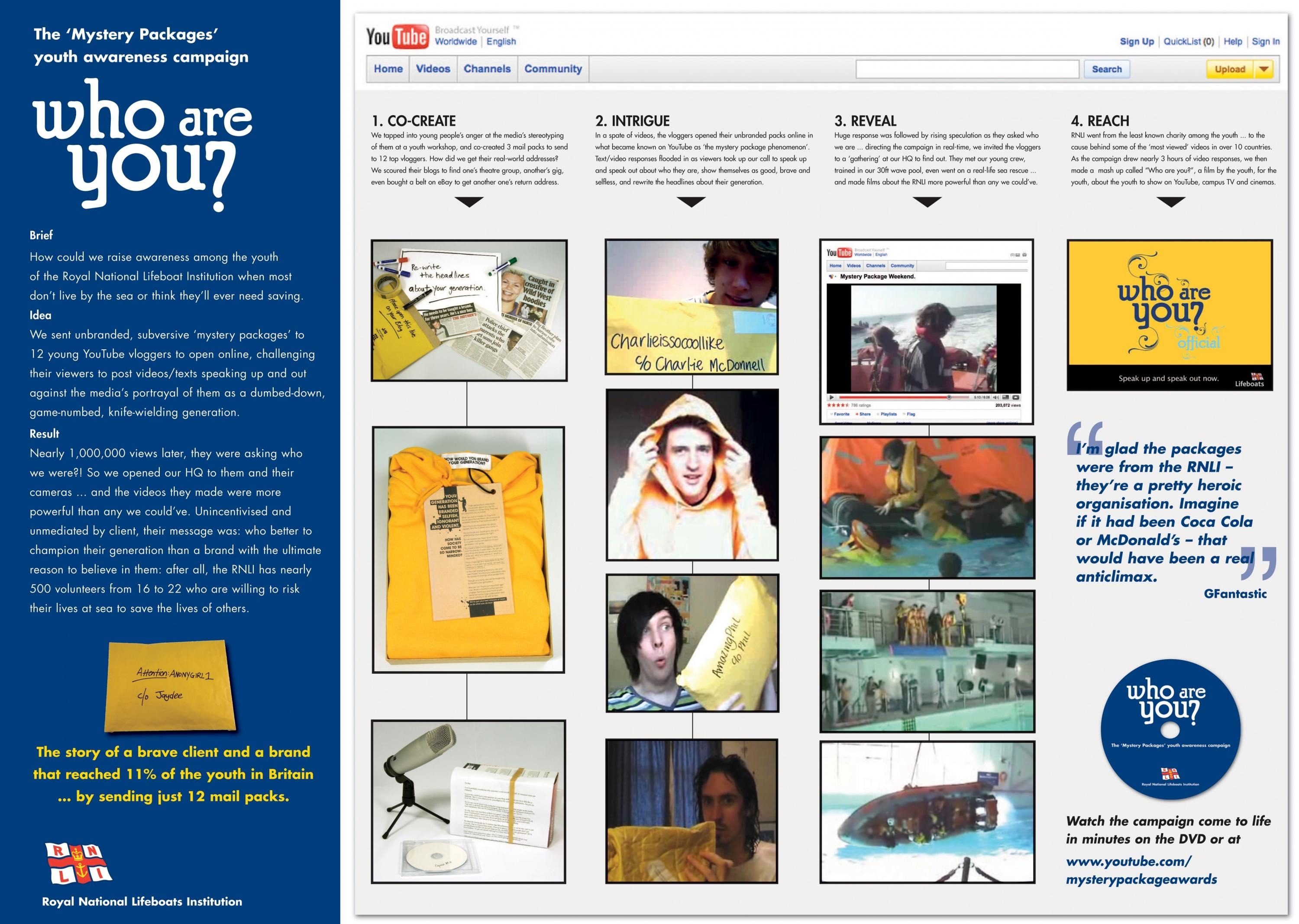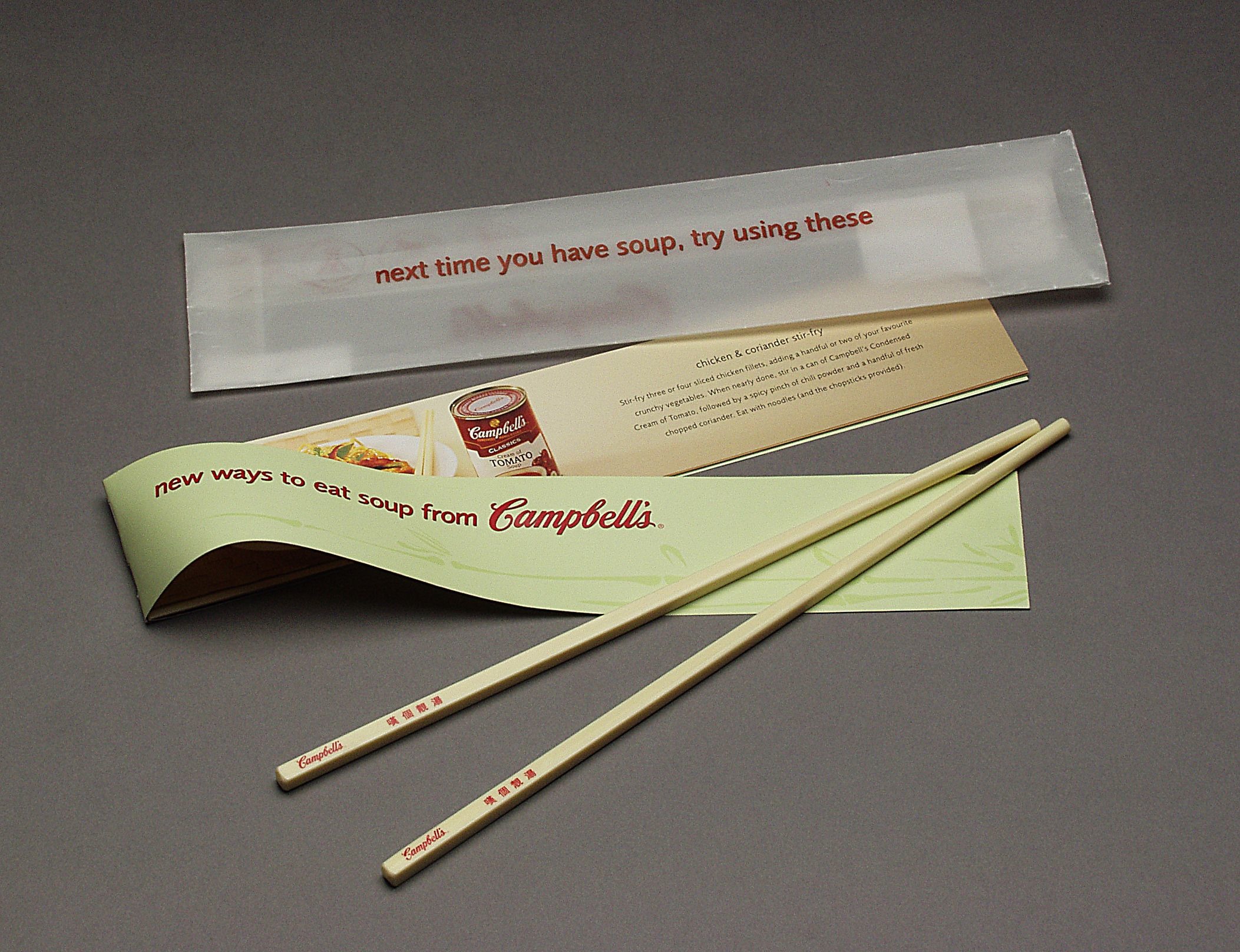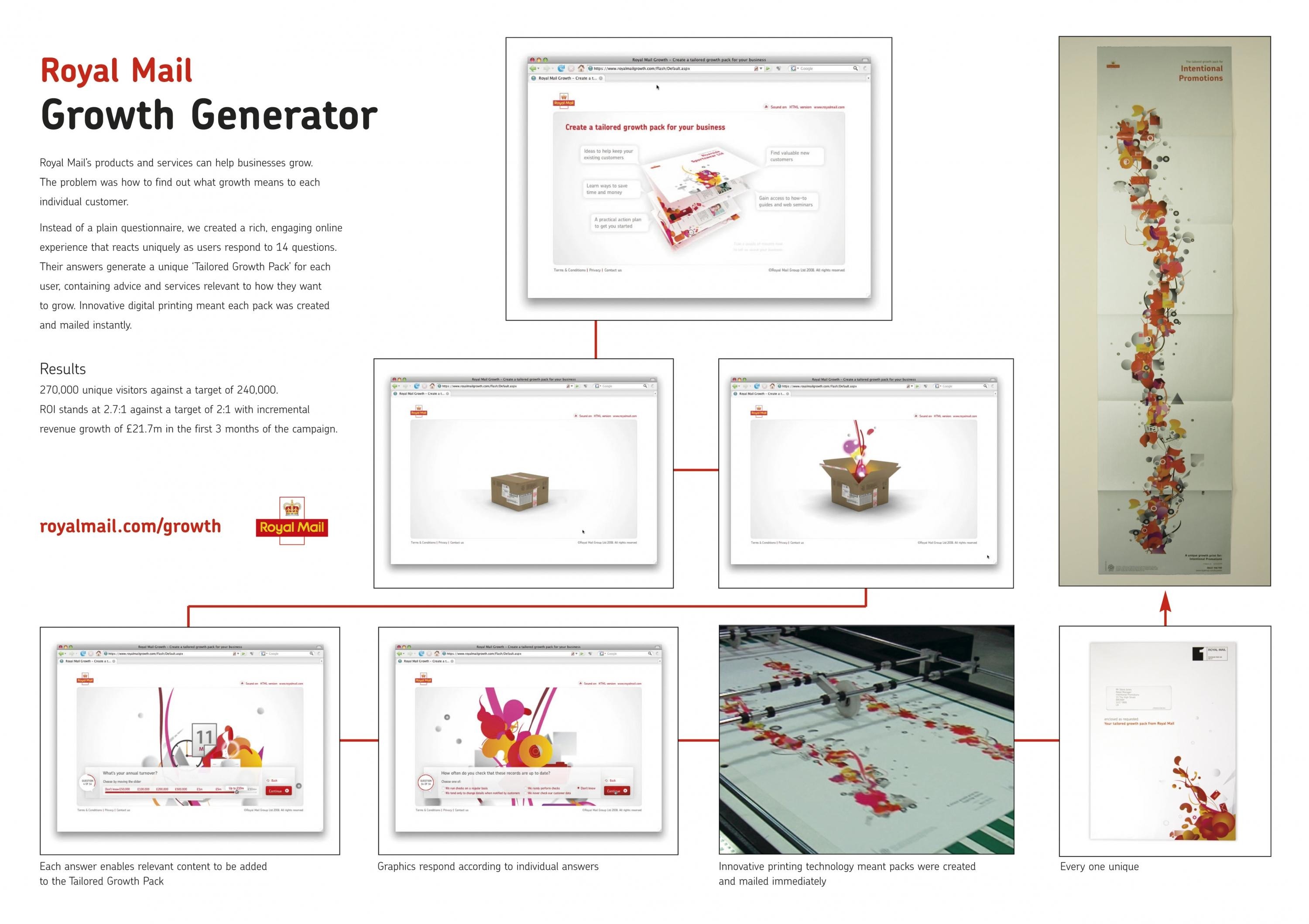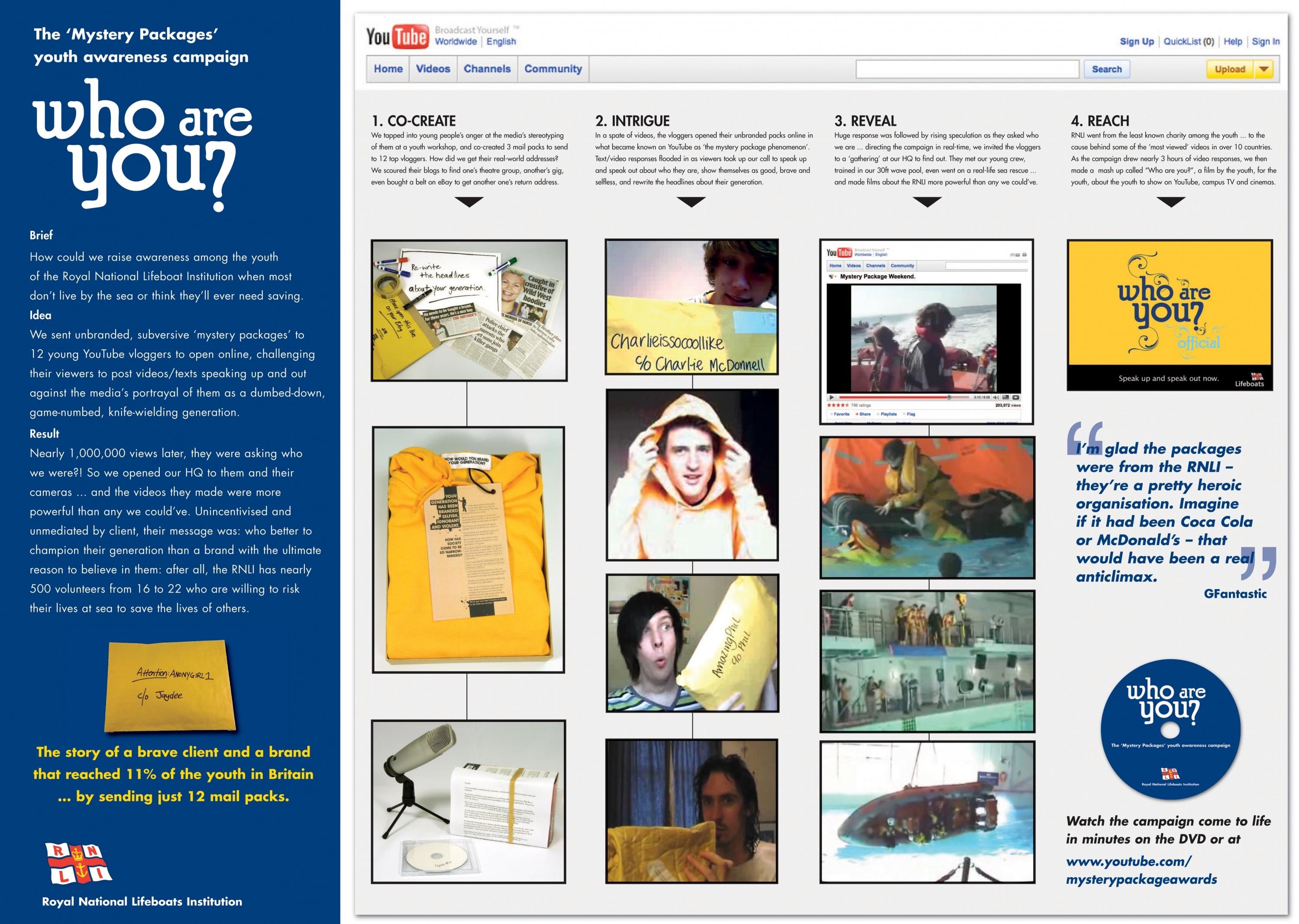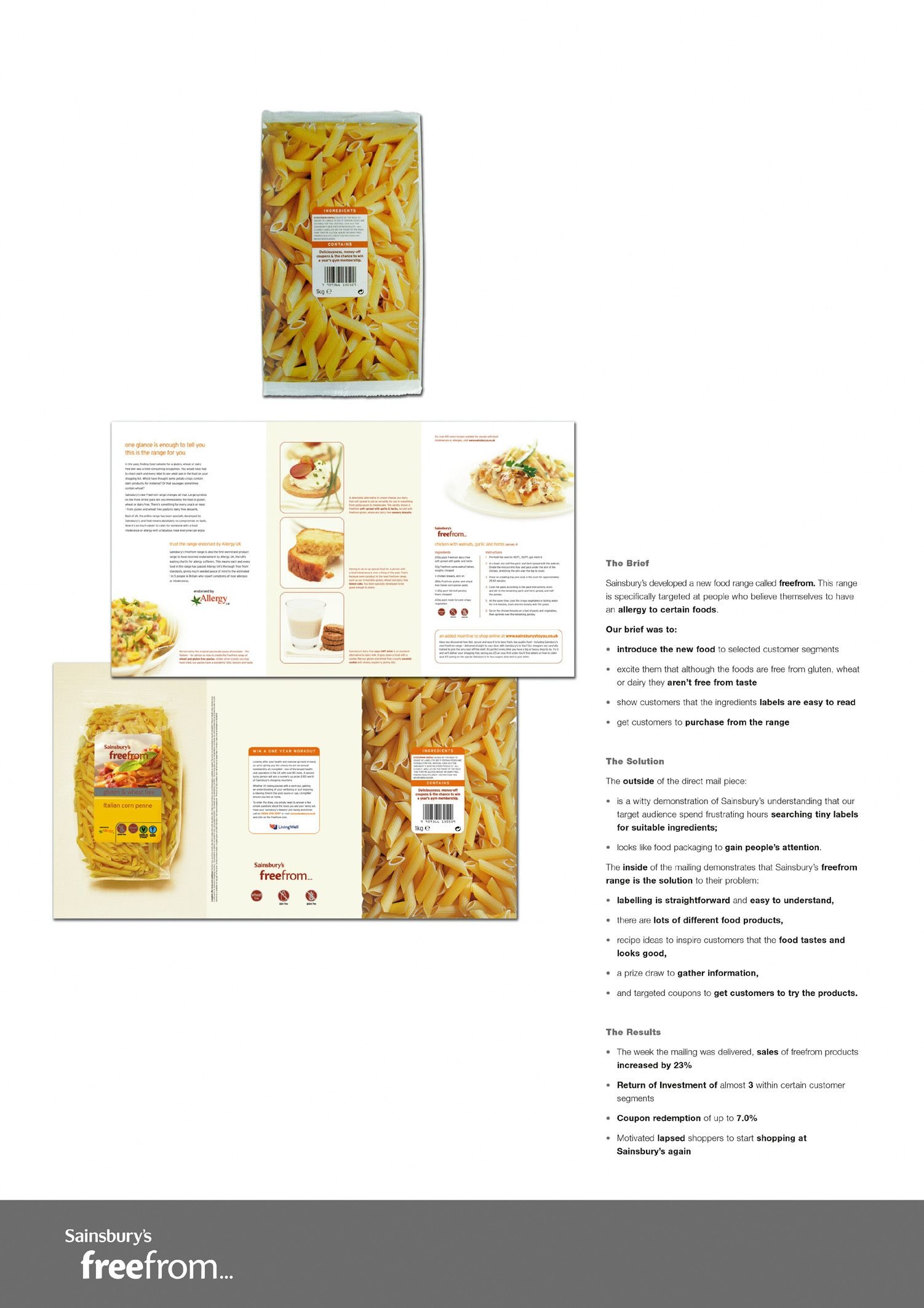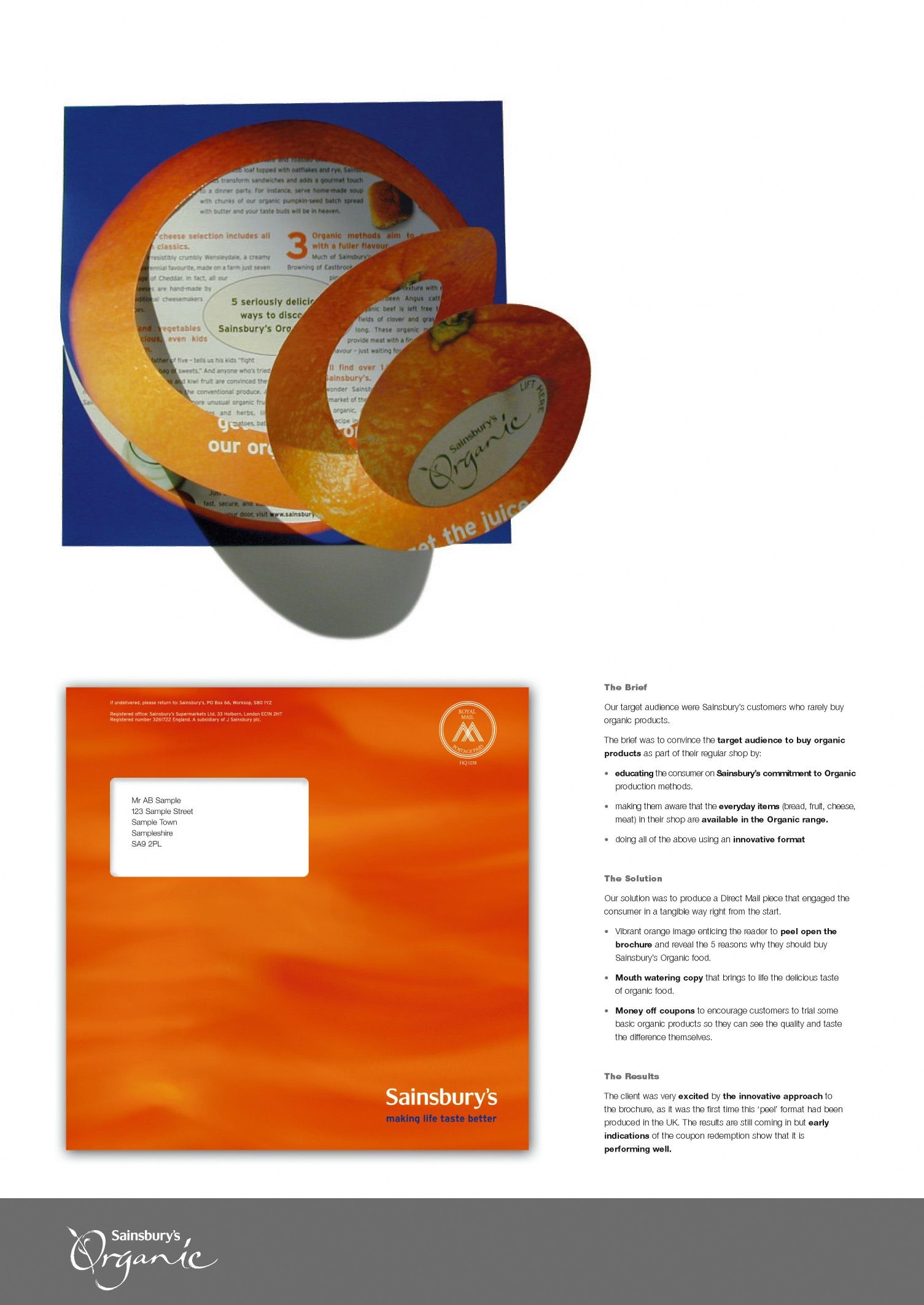Direct > Strategy
RAISING EYEBROWS AND SUBSCRIPTIONS
PROXIMITY LONDON, London / THE ECONOMIST / 2015

Overview
Credits
OVERVIEW
Audience
We were after global ‘progressives’. Liberally minded and intellectually curious, they eschew ignorance in favour of informed opinion and facts. Consequently, they’re a psychographic rather than a demographic. A mind-set not a dataset. To find them we had to develop new proprietary planning techniques.
We analysed audience data from The Economist’s data management platform and isolated their behaviour and preferred content. We then matched this cookie data to various data sets, creating 7 discrete segments of what good prospects would look and behave like. Finally, we built a universe of ‘lookalikes’ and precision targeted their online behaviour with hyper-relevant content.
ClientBriefOrObjective
This was about acquiring an entirely new audience for The Economist.
Not simply by using provocative comms that made them reassess their opinion of the newspaper. But by prompting them to click directly on our ads, go directly to our content hub, and experience the kind of lightbulb above the head epiphany about the brand that can only be achieved by reading a full Economist article themselves.
To do this we deployed innovative targeting and personalisation in media too often used for blanket broadcast or brash, brand-eroding retargeting.
We built an innovative, bespoke and continually optimised platform. It allowed us to target our ads so they were topically relevant to our prospect.
Prospects were retargeted with new content to nudge them towards subscription (aimed at a tipping point at around 4 articles).
To date, the campaign has generated millions of prospects, thousands of subscribers, and over £12m in projected revenue.
Execution
Research showed our readers often experience an Economist epiphany – a moment when they realise The Economist reaches conclusions that no other publication can. There’s always one article that turns you. But in order to become a reader, you first have to start reading.
How did we get around this paradox? By putting content front and centre.
Using the characteristic charm and wit found in The Economist’s content, we prised the viewer away from what they were reading on the host site using simple, sharp and provocative headlines, plus a ‘ballsy’ TOV that further helped our audience self-select.
Then we drove them to read the full article at a bespoke content hub – where we could nudge them towards subscription with more curated content.
Aesthetically, a modernised “white out of red” treatment updated the historical visual style and complemented the new tone, creating one more suited to an online space.
Outcome
We acquired 3.6 million prospects in just two months – beating our target more than five times over. But the quality of these new prospects was equally important. Our strategy generated over 9,350 subscribers at an average of £180 per annum (523% above target). This £1.7m in subscription revenue is estimated to reach a lifetime value of over £12m (as subscribers stay for an average of seven years). An ROI well over 10:1.
Most importantly, The Economist now firmly knew who their future readers were and where to find them – and our brand tracking showed that we had already significantly shifted their consideration and brand perceptions of The Economist. In the first phase of our campaign, we’ve gone a long way to unlocking our audience of the future.
Synopsis
The classic Economist ads of the past flattered our readers’ intelligence. They created a popular brand that is synonymous with peerless intellectualism.
But there was a misconception that The Economist was a dryly intellectual journal. One filled solely with articles on economics, politics and business.
Consequently, while existing readers knew the true breadth and depth of The Economist’s content, a whole generation of non-readers grew up thinking The Economist wasn’t relevant to them. Readership peaked, and plateaued. In order to drive long-term subscriptions we had to become salient – and relevant to a younger audience around the globe.
More Entries from Acquisitions in Direct
24 items
More Entries from PROXIMITY LONDON
24 items
